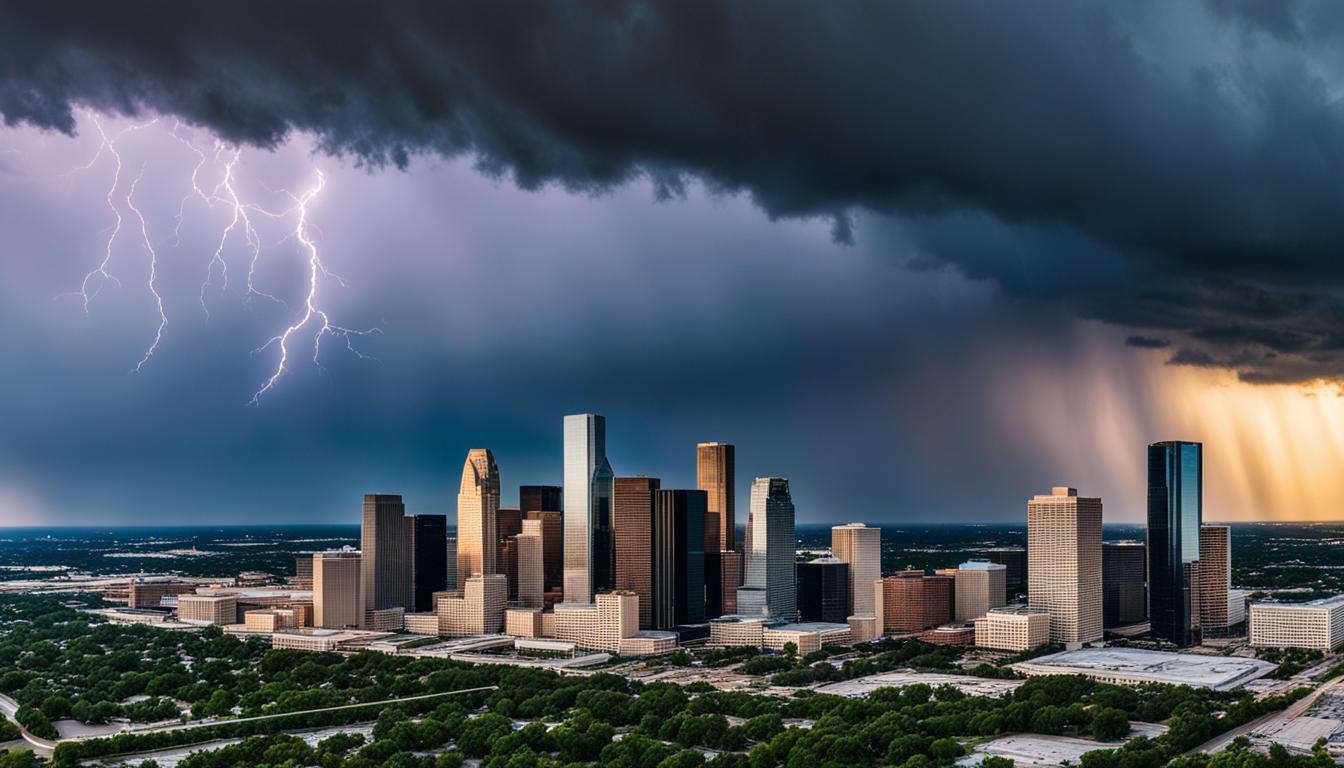Explore the mysteries of the cosmos with our comprehensive guide on Universe and Solar System GK questions. Ideal for students, trivia enthusiasts, and space lovers looking to enhance their knowledge. Dive into a universe of learning today!
1. On which of the following planets water cycle is available ?
Correct Answer:-B ( Earth )
Description:- The water cycle, also known as the hydrological cycle or H2O cycle, describes the continuous movement of water on, above and below the surface of the Earth. Although the balance of water on Earth remains fairly constant over time, individual water molecules can come and go, in and out of the atmosphere. The water moves from one reservoir to another, such as from river to ocean, or from the ocean to the atmosphere, by the physical processes of evaporation, condensation, precipitation, infiltration, runoff, and subsurface flow. In so doing, the water goes through different phases: liquid, solid (ice), and gas (vapor).
2. The asteroids revolve round the Sun in between :
Correct Answer:-B ( Mars and Jupiter )
Description:- Asteroids, sometimes called minor planets, are small, rocky fragments left over from the formation of our solar system about 4.6 billion years ago. Most of this ancient space rubble can be found orbiting the sun between Mars and Jupiter. Asteroids range in size from Ceres, about 952 km (592 miles) in diameter, to bodies that are less than 1 km across. The total mass of all the asteroids is less than that of Earth’s Moon.
3. Which of the following is called the twin of the earth ?
Correct Answer:-B ( Venus )
Description:- Venus is the second planet from the sun and a close neighbor to the earth. It was named after the Roman Goddess of Beauty. Venus is usually one the brightest objects in the sky, which might be the reason it got its name. It is quite similar to the planet earth mainly in its size and a few other characteristics which is why it is often considered the Earth’s twin. However, surface conditions are not nearly the same making it a quite inhospitable environment.
4. Which amidst the following planets has its orbit closest to Sun ?
Correct Answer:-A ( Venus )
Description:- Venus is the brightest planet in our sky and can sometimes be seen with the naked eye if we know where to look. It is the solar system’s brightest planet — yellow clouds of sulfuric acid reflect the sun’s light brightly and has its orbit closest to sun but only next to mercury.
5. The light from the Sun reaches the Earth in about—
Correct Answer:-B ( 8 minutes )
Description:- Light travels at 186,000 miles a second at the Earth is 93 million miles to Sun on average. This works out as 8.33 minutes for light from the Sun to reach Earth. On average, it takes energy between 10,000 and 170,000 years to leave the sun’s interior and then be emitted from the surface as light. Sunlight, in the broad sense, is the total frequency spectrum of electromagnetic radiation given off by the Sun, particularly infrared, visible, and ultraviolet light. On Earth, sunlight is filtered through the Earth’s atmosphere, and is obvious as daylight when the Sun is above the horizon.
6. The surface temperature of the sun is estimated as
Correct Answer:-A ( 6000 °C )
Description:- The surface of the sun is called the photosphere. The photosphere is 340 miles thick and it’s temperature s range from 5,500°C to 6,000°C. It has dark spots called sunspots which are the only solar activity observable by the naked eye.
7. Which one of the following planets has no moon?
Correct Answer:-C ( Mercury )
Description:- Mercury and Venus are the only two recognized planets in our solar system without moons. However, there are many, many planets in the universe and a significant portion of these, if our solar system is assumed representative of at least a significant portion of the universe’s planetary systems likely have no moons.
8. Which one of the following is called a red planet ?
Correct Answer:-C ( Mars )
Description:- Mars is the fourth planet from the Sun and the second smallest planet in the Solar System. Named after the Roman god of war, it is often described as the “Red Planet”, as the iron oxide prevalent on its surface gives it a reddish appearance. Mars is a terrestrial planet with a thin atmosphere, having surface features reminiscent both of the impact craters of the Moon and the volcanoes, valleys, deserts, and polar ice caps of Earth.
9. Brightest planet in our solar system is
Correct Answer:-A ( Venus )
Description:- Venus has the highest albedo of any planet in our solar system. Venus is so bright partly because it reflects over 70 per cent of sunlight striking it. It owes its reflective ability to the fact that it’s blanketed with clouds. Sunlight bouncing from these clouds is what makes Venus so bright.
10. The Milky Way Galaxy was first observed by
Correct Answer:-A ( Galileo )
Description:- The Milky Way is the galaxy that contains our solar system. This name derives from its appearance as a dim “milky” glowing band arching across the night sky, in which the naked eye cannot distinguish individual stars. Observational evidence for the Milky Way being made up of distant stars first came when Galileo pointed his telescope towards the Milky Way, observing a large amount of faint stars.
11. Which of the following statements is correct ?
Correct Answer:-D ( All of the above )
Description:- Pluto was discovered by clyde Tombaugh in 1930. According to International Astronomical Union (IAU) on August 24, 2006 Pluto is considered as dwarf planet. According to the definition, there are currently eight planets and five dwarf planets known in the solar system. The five dwarf planets are Pluto, Ceres, Eris, Make make and Haumea. Pluto has been given number 134340.
12. Which is the hottest planet in the Solar System ?
Correct Answer:-C ( Venus )
Description:- Mercury is closer to the sun, but the atmosphere on Venus actually makes it hotter. Even on the night side, the temperature doesn’t drop by much (comparatively) because of the carbon dioxide, about 95%’, atmosphere. The atmospheric pressure of Venus is also about 90 times greater than that of Earth.
13. The largest planet in our solar system is
Correct Answer:-B ( Jupiter )
Description:- Jupiter is the fifth planet from the Sun and is the largest planet in the solar system. If Jupiter were hollow, more than one thousand Earths could fit inside. It also contains two and a half times the mass of all the other planets combined. It has a mass of 1.9 × 1027 kg and is 142,800 kilometers (88,736 miles) across the equator.
14. The four largest planets of the Solar System in decreasing size are
Correct Answer:-C ( Jupiter, Saturn, Uranus and Neptune )
Description:- The diameter of Jupiter is 1,42,984 km, Saturn: 1,20,536 km ,Uranus: 51,118 km, and that of Neptune is 49,528 km.
15. The number of satellites of the planet is Mercury is
Correct Answer:-A ( 0)
Description:- The nearness of Mercury to the massive gravity influence of the Sun is the likely reason that no natural satellites are present, although it is possible that one or more may have existed in the past.
16. Which of the following does not belong to the solar system?
Correct Answer:-D ( Nebulae )
Description:- A nebula is an interstellar cloud of dust, hydrogen, helium and other ionized gases. Originally, nebula was a name for any extended astronomical object, including galaxies beyond the Milky Way. The Andromeda Galaxy, for instance, was referred to as the Andromeda Nebula before galaxies were discovered by Edwin Hubble.
17. Which is the coldest among the following ?
Correct Answer:-C ( Pluto )
Description:- Until it lost its planetary status in 2006, Pluto was the coldest with an estimated surface temperature between -235 and -210 degrees Celsius. But Pluto has now been relegated the status of a Dwarf Planet. Pluto has always had the ‘honour’ of being the coldest planet with an average temperature between -360 to – 400 degrees Fahrenheit. This is because it is so far away from the sun: it is over 40 times further from the sun than planet Earth. Pluto also has no internal heat source and it even orbits in a ring of ice debris.
18. The moon is showing its same face to the earth because
Correct Answer:-C ( Its periods of rotation and revolution are the same )
Description:- Because it is “tidally-locked” to the Earth. The Earth’s gravity slows down the moon’s rotation, so that it rotates at the same speed as it revolves around the Earth. Imagine a person who walks around a center pole, but shifts their body so they are always facing it as they walk.
19. Among the following, the celestial body farthest from the Earth is
Correct Answer:-C ( Neptune )
Description:- Pluto, formal designation 134340 Pluto, is the second-most-massive known dwarf planet in the Solar System (after Eris) and the tenth-most-massive body observed directly orbiting the Sun. Originally classified as the ninth planet from the Sun, Pluto was recategorized as a dwarf planet and plutoid owing to the discovery that it is only one of several large bodies within the Kuiper belt. Like other members of the Kuiper belt, Pluto is composed primarily of rock and ice and is relatively small, approximately one-sixth the mass of the Earth’s Moon and one-third its volume. It has an eccentric and highly inclined orbit that takes it from 30 to 49 AU (4.4–7.4 billion km) from the Sun. This causes Pluto to periodically come closer to the Sun than Neptune. Pluto gets as close as 4.44 billion km. But its orbit is so elliptical that it gets out to a distance of 7.38 billion km. In fact, there are times in Pluto’s orbit when Neptune passes it. Then Neptune really is the farthest planet from the Sun.
20. Pulsars are
Correct Answer:-C ( rapidly spinning stars )
Description:- The word “pulsar” is a contraction of “pulsating star. A pulsar is formed when a massive star collapses exhausts its supply of fuel. It blasts out in a giant explosion known as a supernova, the most powerful and violent event in the universe. Without the opposing force of nuclear fusion to balance it, gravity begins to pull the mass of the star inward until it implodes. In a pulsar, gravity compacts the mass of the star until it forms an object composed primarily of neutrons packed so tightly that they no longer exist as normal matter. As the star collapses, it begins to spin more rapidly in what is known as the conservation of angular momentum. The process is similar to that of an ice skater pulling their arms in close to spin faster. What is left behind is a rapidly spinning ball of tightly packed neutrons inside an iron shell..
21. Biggest planet of solar system is
Correct Answer:-D ( Jupiter )
Description:- Jupiter is the biggest planet in our Solar System. It is the largest by mass, volume, and surface area among other statistics. Here are the critical measurements of Jupiter as well as a few other interesting facts about the planet and other bodies in the Jovian system.
22. Which is the second nearest star to the Earth after the Sun?
Correct Answer:-C ( Proxima Centauri )
Description:- As the nearest star from our Solar System, Proxima Centauri is a prime candidate for future interstellar travel and space colonization missions. Proxima Centauri is a red dwarf star about 4.24 light-years distant inside the G-cloud in the constellation of Centaurus. It was discovered in 1915 by Robert Innes, the Director of the Union Observatory in South Africa, and is the nearest known star to the Sun, although it is too faint to be seen with the naked eye. Because of the proximity of this star, its distance from the Sun and angular diameter can be measured directly, from which it can be determined that its diameter is about one-seventh of that of the Sun. Proxima Centauri’s mass is about an eighth of the Sun’s, and its average density is about 40 times that of the Sun.
23. The outermost layer of the Sun is called
Correct Answer:-C ( Corona )
Description:- The outermost layer of the sun is the corona. Only visible during eclipses, it is a low density cloud of plasma with higher transparency than the inner layers. The white corona is a million times less bright than the inner layers of the sun, but is many times larger. A corona is a type of plasma “atmosphere” of the Sun or other celestial body, extending millions of kilometers into space, most easily seen during a total solar eclipse, but also observable in a coronagraph. The word “corona” itself derived from the Latin, meaning crown. The high temperature of the corona gives it unusual spectral features
24. Which planet is called evening star?
Correct Answer:-C ( Venus )
Description:- Venus “overtakes” the Earth every 584 days as it orbits the Sun. As it does so, it changes from the “Evening Star”, visible after sunset, to the “Morning Star”, visible before sunrise.
25. The planet revolving east to west is
Correct Answer:-A ( Venus )
Description:- Like the other planets in our solar system, Venus rotates about its axis. However, Venus is the only planet that rotates from east to west instead of west to east. This means, that if we lived on Venus, the Sun would appear to rise in the west in the morning, and set in the east in the evening. Venus rotates in what is called retrograde motion.
26. The planet emitting green light is
Correct Answer:-C ( Uranus )
Description:- The atmosphere of Uranus is composed of 83%’ hydrogen, 15%’ helium, 2%’ methane and small amounts of acetylene and other hydrocarbons. Methane in the upper atmosphere absorbs red light, giving Uranus its blue-green colour.
27. The number of zodiacs is
Correct Answer:-B ( 12)
Description:- In both astrology and historical astronomy, the zodiac is a circle of twelve 30° divisions of celestial longitude that are centered upon the ecliptic: the apparent path of the Sun across the celestial sphere over the course of the year. Historically, these twelve divisions are called signs.
28. Which of the following is known as the Morning Star?
Correct Answer:-D ( Venus )
Description:- One of the nicknames of Venus is “the Morning Star”. It is also known as the Evening Star. Venus is called so because it appears brightest shortly before sunrise and shortly after sunset.
29. Which planet orbits closest to the earth?
Correct Answer:-C ( Venus )
Description:- Venus orbits the Sun at an average distance of about 0.72 AU (108,000,000 km), and completes an orbit every 224.65 days. Although all planetary orbits are elliptical, Venus’s orbit is the closest to circular, with an eccentricity of less than 0.01.
30. Solar energy is received by the earth through
Correct Answer:-B ( radiation )
Description:- In physics, radiation is a process in which energetic particles or energetic waves travel through vacuum, or through matter-containing media that are not required for their propagation. The Earth receives 174 petawatts (PW) of incoming solar radiation (insolation) at the upper atmosphere.




